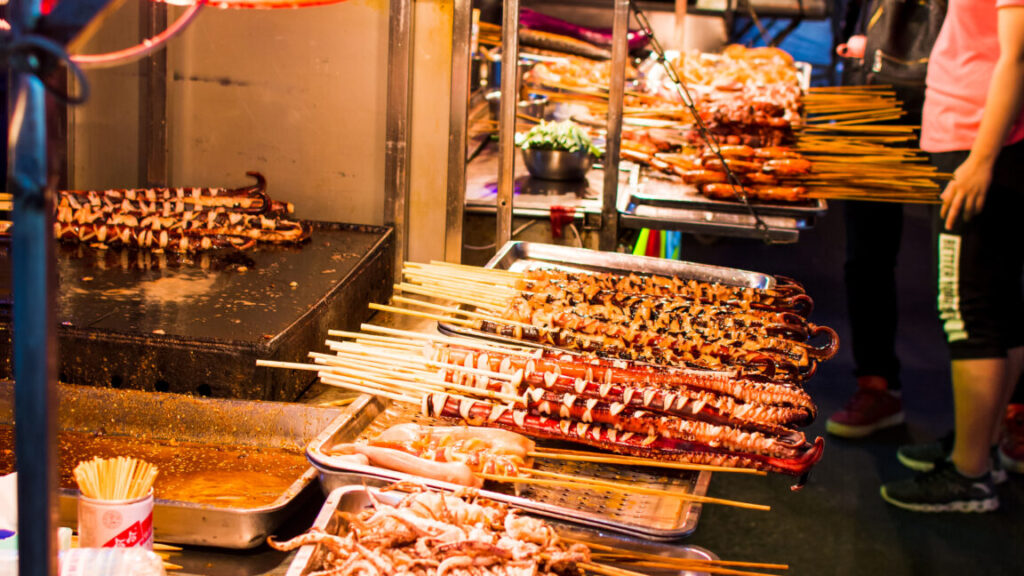Man eats dubious street food—ends up blowing apart his GI tract
Bilious blowout
Doctors noted that his breath was fast and shallow, with crackling in his neck. But breathing sounds from the base of his right lung were quiet. A computed tomography (CT) scan revealed the problems. There was air in his chest space and into his neck. Fluid was also building up around his lungs, and his right lung was collapsing. The scan also showed a perforation in the esophagus.
The doctors inserted a chest tube to remove the fluid, which did not include gastric contents, suggesting the fluid build-up was from chest inflammation.
The doctors then did an additional X-ray exam of the esophagus using a water-soluble contrast agent. This clearly revealed a large gash in the man’s esophagus resulting from the robust eruption. The imaging also showed the contrast agent leaking out into the man’s chest.
The doctors quickly sent the man into emergency surgery to repair his esophagus. He spent the next 35 days in the hospital recovering. When he was discharged, he still had a feeding tube that passed through his nose and into his small intestine. It took an additional three months for the perforation to completely heal, at which point doctors could finally remove the feeding tube.
It’s not entirely clear what causes Boerhaave syndrome. Researchers hypothesize that it occurs from a loss of neuromuscular coordination, which, in particular, causes the upper sphincter in the esophagus—the cricopharyngeus—to fail to relax at the onset of vomiting. The rapid rise of internal pressure overwhelms the esophagus, typically causing a lengthwise tear in the lower third of the tube, which is the weakest portion. On average, tears can be up to 8 centimeters (about 3 inches) long.
Though researchers expect that cases are underreported, the estimated incidence based on reports is about three cases per million people globally each year.
Man eats dubious street food—ends up blowing apart his GI tract Read More »
























